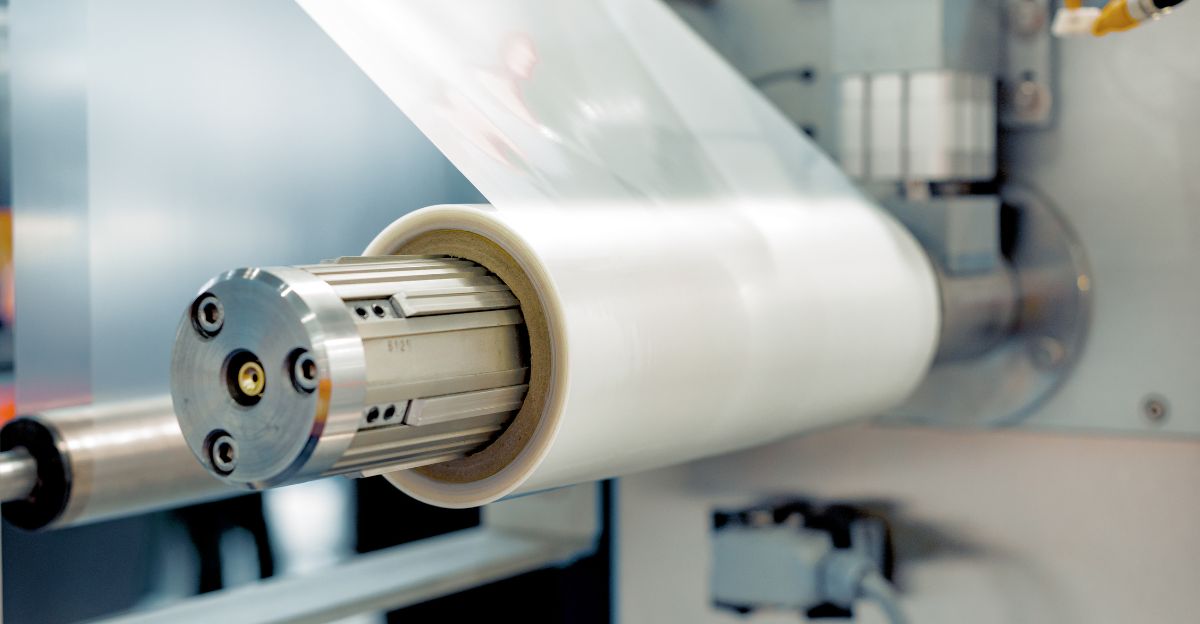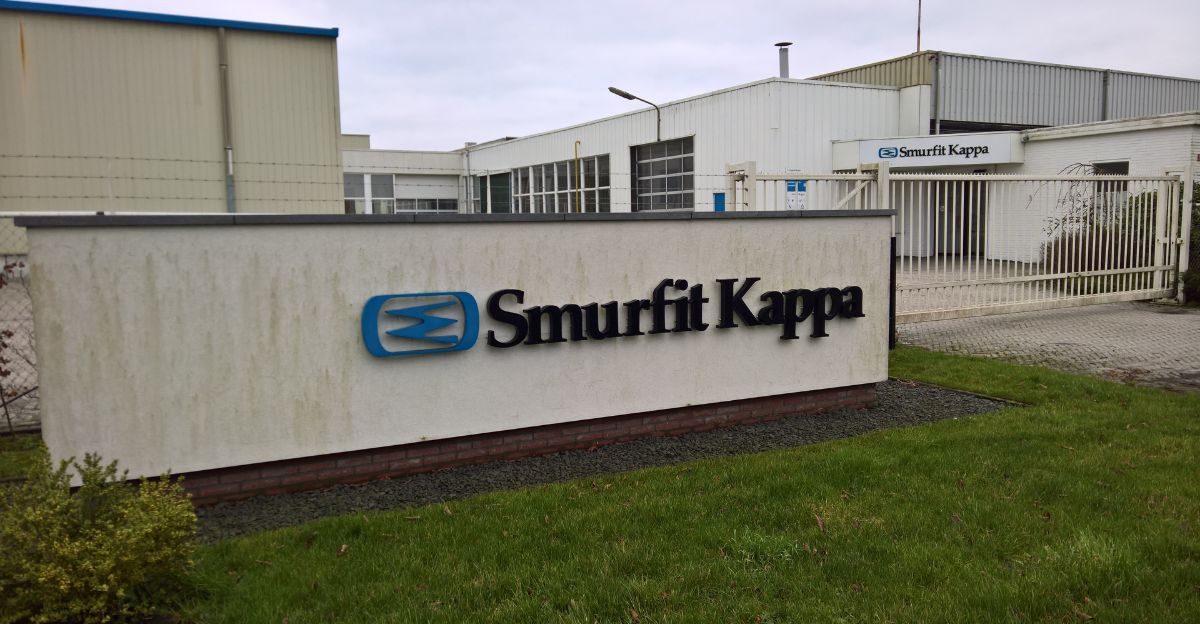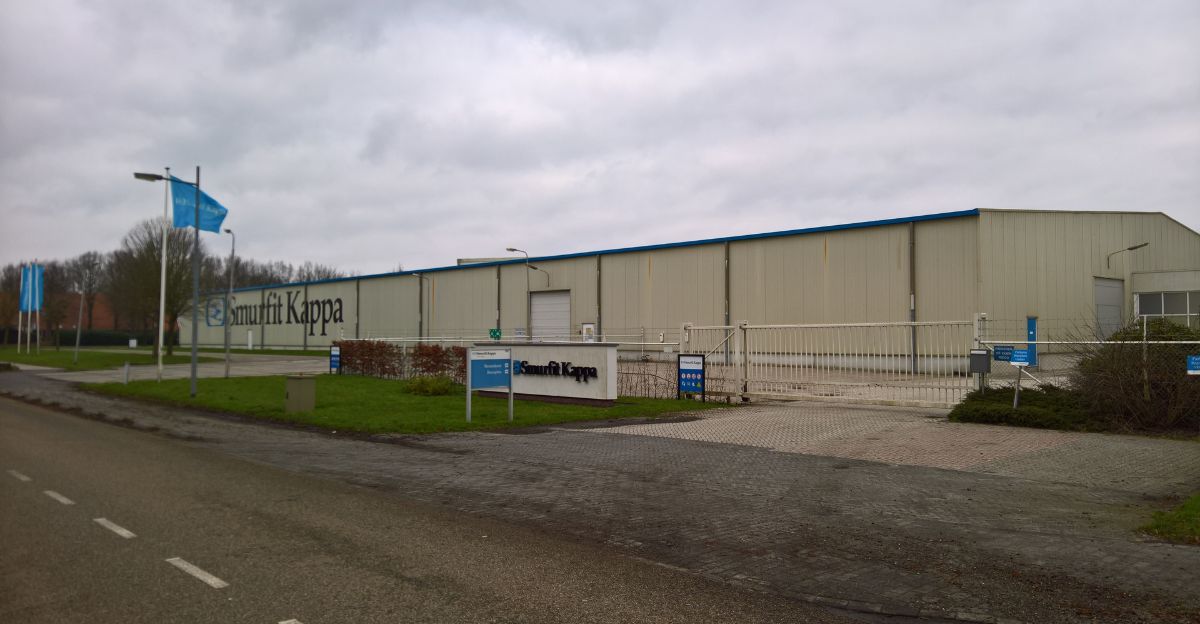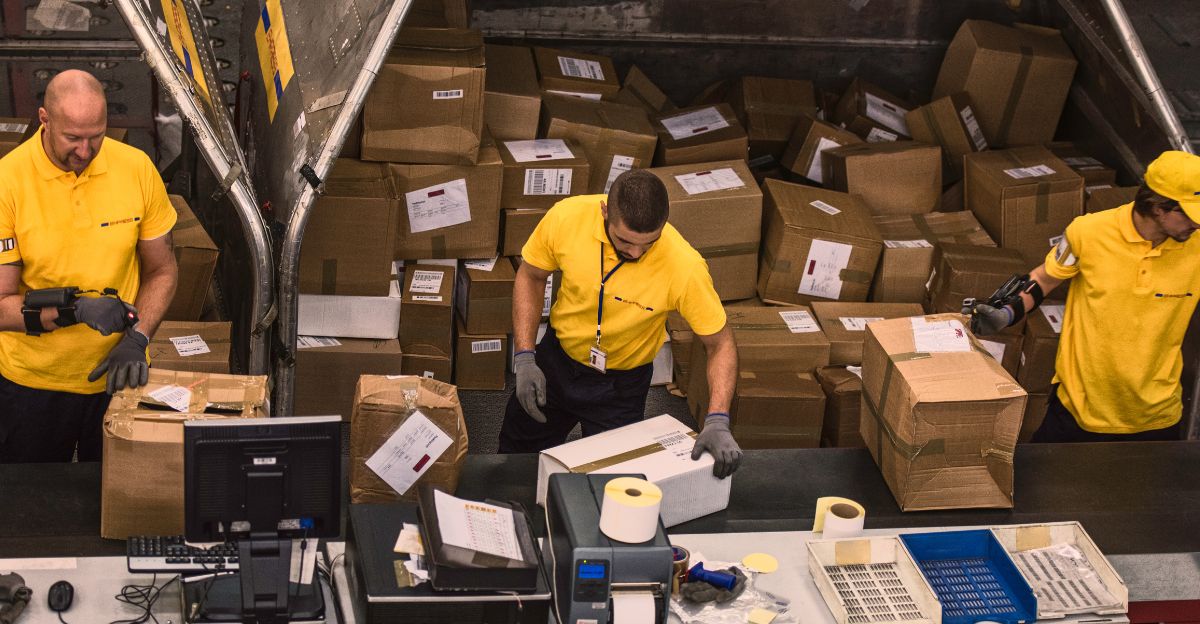
The massive closure notice hit workers in early November: 55 jobs were lost, and the plant would shut down in January.
As the reality of permanent layoffs set in, workers stood in the facility’s cold halls, their futures uncertain. This shutdown is part of a larger, global wave of plant closures, signaling deep changes in the industry. What’s behind this dramatic shift, and what does it mean for Georgia’s industrial future?
Jobs on the Line

For 55 workers in Atlanta, the clock is ticking. The permanent closure means the end of stable employment, just as the holiday season approaches. As the company shifts operations to other locations, these workers face the harsh reality of unemployment.
This move is part of a larger restructuring strategy that has already seen 4,500 jobs eliminated globally. How will these workers adjust, and what options remain for them as the deadline looms?
Merger Fallout

The announcement of this closure is a direct result of the Smurfit Kappa-WestRock merger, completed in July 2024. The merger, which created one of the largest packaging companies in the world, was meant to drive global efficiency.
However, it also set in motion a wave of plant shutdowns and job cuts as the company worked to streamline its operations. Was this consolidation truly necessary for progress, or is there a hidden cost to such rapid change?
Efficiency Over Tradition

Smurfit WestRock has emphasized its strategy of improving production efficiency. The closure of older plants like the one in Atlanta is part of this broader push to consolidate operations into fewer, more technologically advanced facilities.
With production being transferred to newer plants, the company is betting that investing in advanced machinery and automated processes will yield higher profits. But is this shift worth the human cost?
The Closure Confirmed

On January 5, 2026, Smurfit WestRock will close its Atlanta packaging plant for good. This is one of nine plants slated for closure as the company continues its post-merger optimization strategy.
The decision has raised concerns about the future of Georgia’s industrial base, with the plant’s shutdown being one of the largest manufacturing losses in the state. What will this mean for local businesses, and what is the company’s next move in this global shakeup?
Georgia’s Economic Hit

The closure of this plant represents more than just 55 job losses—it signals a significant blow to Georgia’s manufacturing sector. The ripple effects will impact local suppliers, logistics providers, and small businesses that depend on the plant’s operations.
With the company shifting production out of state, Georgia faces the challenge of replacing lost industrial investment and workforce opportunities. Can the state recover, or will this mark the beginning of a long-term decline?
Workers Speak Out

Workers never thought the day would come, but now, for some, their decades-long career at the plant is ending. CEO Tony Smurfit acknowledged the difficulty of such decisions, but the human cost is undeniable.
For many, the Atlanta plant was more than just a job—it was a community. As the shutdown nears, workers are left to navigate a tight job market. Will they find new opportunities before their time runs out?
Industry Shifts

While the Atlanta plant closes, Smurfit WestRock is making strategic investments elsewhere. The company announced a $19.3 million investment to expand its Saltillo, Mississippi facility, increasing its capacity by 50%. This shift reflects a broader trend in the industry towards larger, more efficient plants.
The company is betting that fewer, more modern facilities will allow it to remain competitive in an increasingly automated market. Is this the future of packaging, or is it just another example of corporate cost-cutting at the expense of workers?
Market Pressures

The packaging industry faces several challenges, including fluctuating global demand, rising material costs, and reduced sales in some sectors. Smurfit WestRock’s North American box volumes have declined by 7.5%, and consumer packaging shipments in North America are down 5.8%.
These pressures have only intensified the company’s efforts to streamline operations, with facility closures like the one in Atlanta becoming a necessary part of the plan. How long can Smurfit WestRock maintain its market position amidst these challenges?
Collateral Closures

Atlanta’s closure is part of a broader restructuring process that has affected several locations. In 2025 alone, Smurfit WestRock has shut down facilities in Cedar Rapids, Iowa (100 jobs lost), City of Industry, California (141 jobs lost), and sites in Minnesota, Texas, and Germany, impacting hundreds of workers.
The company has already cut 4,500 jobs globally, a move that raises questions about the future of manufacturing in America. What’s next for the company’s remaining plants?
Community Reactions

Community leaders in Atlanta and other affected regions have voiced concerns about the closures, stressing the loss of well-paying jobs that have supported local economies for years.
As manufacturing jobs continue to disappear, some question whether the promised efficiencies and profits will ever be enough to offset the social and economic costs. Can these regions find new opportunities to replace the lost manufacturing jobs, or will the closures leave long-lasting scars?
Leadership’s Perspective

Smurfit WestRock’s leadership maintains that the closures are necessary for long-term growth. CEO Tony Smurfit has stated that the company must “remove uneconomic volume” to stay competitive.
Despite the job cuts and facility shutdowns, the company projects $400 million in synergies by the end of 2025. But can these savings truly compensate for the disruption caused to workers, communities, and the broader industry?
Strategic Investments

The company’s strategy of consolidating operations into fewer, more efficient plants is coupled with substantial investments in technology. The $19.3 million expansion at the Saltillo, Mississippi facility is a prime example of this shift.
Smurfit WestRock is doubling down on automation, adding new equipment, and increasing capacity to meet future demands. Will this strategic pivot succeed in the long run, or will it leave the company vulnerable to market volatility?
Investor Confidence and Stock Decline

Despite Smurfit WestRock’s promise of synergies and future growth, its stock has taken a significant hit. In 2025 alone, the company’s stock has dropped by approximately 33%, as analysts express skepticism about the merger’s long-term benefits.
With global economic uncertainty and changing demand patterns, investors are closely watching the company’s next steps. Can Smurfit WestRock turn things around, or will the losses continue?
The Future of Georgia’s Manufacturing

As Smurfit WestRock’s Atlanta plant shuts down, Georgia is left to confront a crucial question: how will the state recover from the loss of these jobs and manufacturing capacity?
The state’s ability to attract new investments in the wake of such closures will play a significant role in determining its economic future. Can Georgia reinvent itself, or is this the start of a broader decline for its manufacturing sector?


